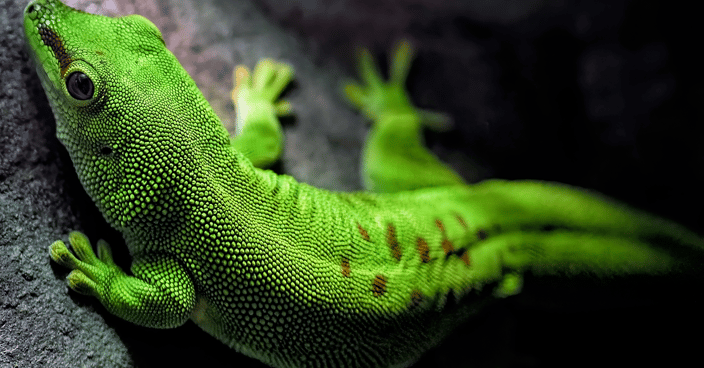Scaling New Heights: Using Biomimicry for Gecko Feet Inspired Prosthetics
At a microscopic level the setae and spatulae get pressed against the wall bringing Van der Waals forces into effect. The Van der Waals are the forces between the atoms of the gecko foot and the atoms of the wall. Each of this individual force is very weak (0.4 µN), but the forces of all the setae together (10 N) bring in an unprecedented amount of adhesion and traction enabling the gecko feet to stick to any surface. And when the gecko tries to move forward and lift the foot, these forces diminish, and gecko is able to move forward without sticking in one place.
Inspired by nature, this additional research can be done to develop a material that will harness gecko foot biomimicry for the development of improved prosthetics. This biomimetic material will be attached to prosthetic arm or a foot to enable grip and release objects with ease.
This type of material can find application in robotics, space exploration and sports gear as well.


Geckos are known as the nature’s best climbers. They can climb any surface, be it vertical, horizontal, or even upside-down surface with the same ease. If we touch the gecko’s feet, they are not sticky.
A close look at the feet of the gecko releases the secret behind the gecko grip. The gecko’s have millions of microscopic hairs on their feet called setae (approximately three million per square inch). Each setae has is further split into hundreds of smaller hair called spatulae.

